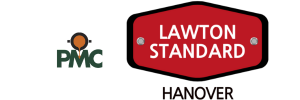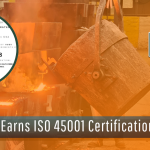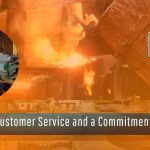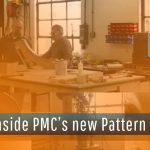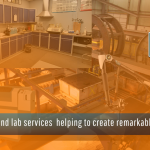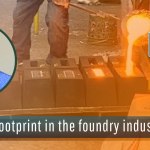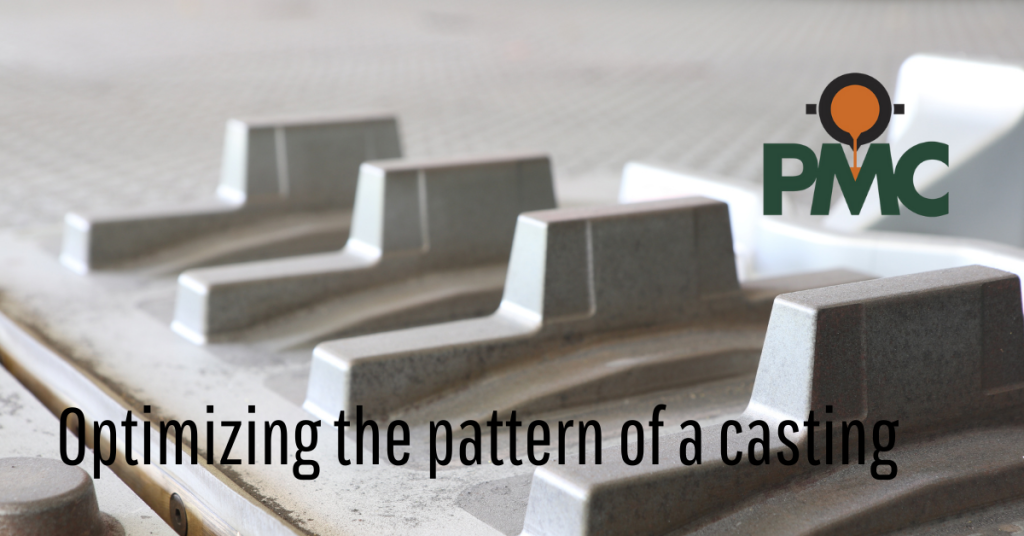
Designing a pattern can be challenging, especially if you don’t have a well-defined process. At PMC, the design review process begins when the customer and the foundry’s casting engineer review the required casting shape. It consists of drawings or models of a casting-friendly pattern and more core boxes.
Technical discussions typically include tolerances required, allowable machine stock, machined and non-machined surfaces, and the castablility of the desired casting. Tooling design can vary, depending upon the pattern material, casting production process, and estimated annual usage (EAU) required.
In addition, casting engineers and pattern makers typically utilize solidification modeling software to identify and fix potential internal problem areas or other casting quality concerns.
Here are some essential items to consider when designing pattern tooling.
Pattern and Core Box Materials
Patterns and core boxes can be made from a variety of materials:
Metal: Typical materials used include aluminum and steel. Advantages are high tolerance and excellent durability. Downsides are long lead times and high costs. Metal patterns are best suited for high production run-parts (EAU 200 castings or more), such as automotive components. In addition, they require a temperature-controlled environment for storage.
Red Board: This is a hard urethane material. Advantages include high tolerance, excellent durability, and a lower cost than metal. It’s long-lasting, less expensive, and requires a shorter lead time than metal. Red board is well-suited to high production run-parts (EAU 100-200 castings or more). Like metal patterns, it requires a temperature-controlled environment for storage.
Wood: Common materials used to create patterns are mahogany and pine wood. Advantages include moderate cost, tolerance, and lead times. Wood’s sweet spot in casting quantity is EAU 10-100 castings. In addition, wood patterns hold up best when stored in a temperature-controlled environment.
Styrofoam: Of all materials used to create patterns, styrofoam offers the lowest cost and shortest lead time (3-4 weeks) and lower tolerance. It’s best suited for prototype projects and EAU of 1-5 castings. Styrofoam is a one-time use material because the pattern and core box tooling are destroyed during the casting production process.
Pattern Bottom or Insert Boards: Wood bottom or insert boards function as a “backplate” for the pattern, permanently mounted to the board’s surface. It secures the pattern during the casting production process as well as transportation from storage to production. Bottom or insert boards are not required for a styrofoam pattern.
Rigging and Gating
Although most manufacturers don’t think of rigging and gating as features of the finished casting, they are necessary elements of the tooling design and casting processes. So be sure to ask your foundry how rigging and gating are factored into the casting process.
Rigging: Rigging is required to move the pattern and core boxes around the casting production floor, either with a fork truck or overhead crane. It includes locking devices or clamps on core boxes or handling straps. Rigging materials and methods are foundry specific, based on the equipment used by each foundry to handle the patterns.
Gating: Gating delivers molten metal to the sand mold, filling the mold cavity and creating the casting. The design of the gating is calculated so that the molten metal fills the features of the mold without voids, hot spots, or other defects. Gating can be mounted permanently to the bottom, insert boards, or “loose,” depending on the pattern design.
Our foundry experts and patternmakers are ready to coach your team through your next project. So why not contact us to discuss your needs?
